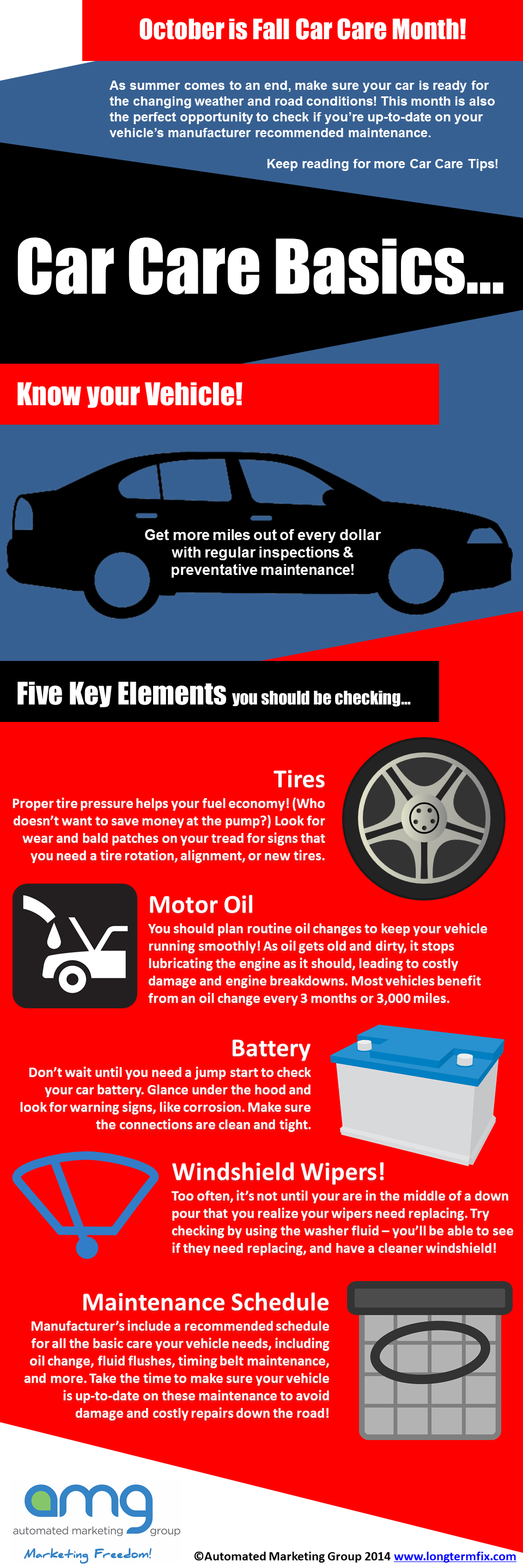When you lag the wheel, those radiant warning lights on your control panel can be a little bit puzzling. Do you recognize what they're attempting to tell you concerning your auto's health? Recognizing the value of these lights is important for your safety and security and the longevity of your lorry. So, the next time one of those lights appears, would not you want to analyze its message precisely and take the required actions to resolve it?
Common Warning Lights and Interpretations
Determine typical warning lights in your car and comprehend their definitions to guarantee secure driving.
The most typical caution lights include the check engine light, which signals issues with the engine or discharges system. If click for source comes on, it's critical to have your vehicle checked without delay.
The oil stress warning light shows low oil stress, calling for immediate focus to stop engine damage.
pro detailing auckland blinking battery light may recommend a defective billing system, potentially leaving you stranded if not attended to.
The tire stress surveillance system (TPMS) light informs you to reduced tire stress, affecting car security and fuel efficiency. Overlooking this might cause dangerous driving conditions.
The ABS light indicates an issue with the anti-lock braking system, compromising your ability to stop quickly in emergency situations.
Lastly, the coolant temperature warning light warns of engine overheating, which can lead to serious damages if not fixed quickly.
Understanding these typical warning lights will help you deal with concerns quickly and keep safe driving problems.
Significance of Prompt Interest
Understanding the common caution lights in your car is only the very first step; the significance of promptly dealing with these warnings can't be stressed enough to ensure your safety on the road.
When a caution light illuminates on your control panel, it's your auto's method of connecting a possible issue that needs attention. Overlooking these warnings can cause a lot more serious issues down the road, endangering your safety and potentially costing you a lot more in repairs.
Prompt focus to alerting lights can stop break downs and accidents. For instance, a flashing check engine light can indicate a misfire that, if left neglected, might create damages to the catalytic converter. Resolving this immediately can conserve you from a costly repair service.
Similarly, a brake system alerting light could indicate low brake fluid or used brake pads, vital components for your safety and security when driving.
Do It Yourself Troubleshooting Tips
If you notice a caution light on your control panel, there are a few do it yourself fixing pointers you can attempt before looking for expert help.
The primary step is to consult your cars and truck's manual to recognize what the specific caution light shows. Occasionally the concern can be as simple as a loose gas cap setting off the check engine light. Tightening the gas cap may resolve the trouble.
Another usual concern is a low battery, which can trigger numerous alerting lights. Inspecting the battery links for corrosion and ensuring they're secure might deal with the trouble.
If a warning light lingers, you can try resetting it by detaching the automobile's battery for a couple of minutes and afterwards reconnecting it. In addition, examining your car's liquid levels, such as oil, coolant, and brake liquid, can aid fix alerting lights associated with these systems.
why not try these out , comprehending your car's caution lights is vital for keeping your automobile running smoothly and safely. By quickly attending to these alerts and knowing what they imply, you can stay clear of costly repairs and prospective failures.
Remember to consult your automobile's handbook for particular details on each cautioning light and do something about it as necessary to guarantee a trouble-free driving experience.
Keep educated, remain risk-free on the road!
